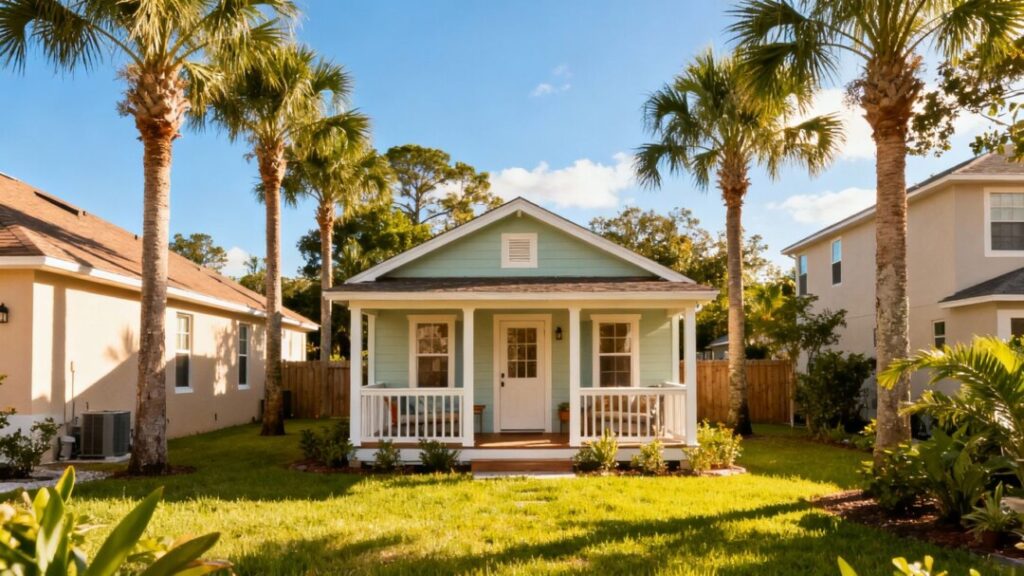Florida is ramping up its efforts to tackle the ongoing affordable housing crisis by launching new initiatives in several cities. Policymakers and experts are increasingly turning their attention to accessory dwelling units—popularly known as ‘granny flats’—as a promising way to increase housing options for working families and the middle class.
Key Takeaways
- Florida faces a shortage of nearly half a million homes, driving up costs and limiting options for many families.
- ‘Granny flats’ or accessory dwelling units (ADUs) could unlock thousands of new housing opportunities annually if zoning regulations are eased.
- Local zoning laws and opposition from existing residents often challenge new developments.
- Legislative efforts are being considered to standardize the allowance of ADUs statewide.
Affordable Housing Initiatives Gaining Momentum
Cities across Florida are grappling with a notable deficit in affordable homes, a gap estimated at nearly 500,000 units. As rents and home prices continue to surge, local governments and housing advocates are proposing multi-pronged strategies to add more affordable dwellings. Recent policy shifts, such as Tampa’s decision to legalize granny flats in select neighborhoods, illustrate the growing focus on flexible housing solutions that make better use of existing urban land.
The Role of ‘Granny Flats’ and Small-Scale Housing
Accessory dwelling units—small, independent residences situated on single-family lots—have emerged as a widely-discussed solution for expanding Florida’s housing stock. Housing policy experts estimate ADUs, alongside duplexes and triplexes, could add over 40,000 homes each year if permitted by more municipal codes.
A key recommendation from housing panels is to incentivize homeowners to build these additional units. These structures offer a way for families to accommodate relatives or generate rental income while simultaneously boosting the availability of affordable rentals.
Zoning Challenges and Neighborhood Resistance
Despite the promise of ADUs, many Florida communities face restrictive zoning, allowing only large, single-family houses. Such regulations, driven in part by residents’ resistance to higher-density projects (commonly referred to as "NIMBYism"), limit the proliferation of granny flats and other affordable options.
Experts note that some of the biggest obstacles occur in wealthier neighborhoods, where local opposition regularly stalls or blocks proposed developments. To address this, several policy recommendations suggest that local governments should streamline approval processes for ADUs and consider linking state funding to local housing growth targets.
Prospective Statewide Legislative Changes
Earlier this year, Florida lawmakers debated, but ultimately did not pass, a bill to require local governments to permit ADUs in certain areas. As the demand for affordable housing intensifies, similar proposals are expected to resurface in the next legislative session, potentially shaping the state’s long-term approach to residential development.
Looking Ahead
As Florida’s population continues to grow, innovative housing solutions, such as granny flats, townhomes, and smaller lot developments, are poised to play a greater role in easing the state’s housing crisis. With community debate ongoing and legislative action on the horizon, the coming years will be crucial in determining whether these promising strategies can deliver the relief so many Floridians need.


